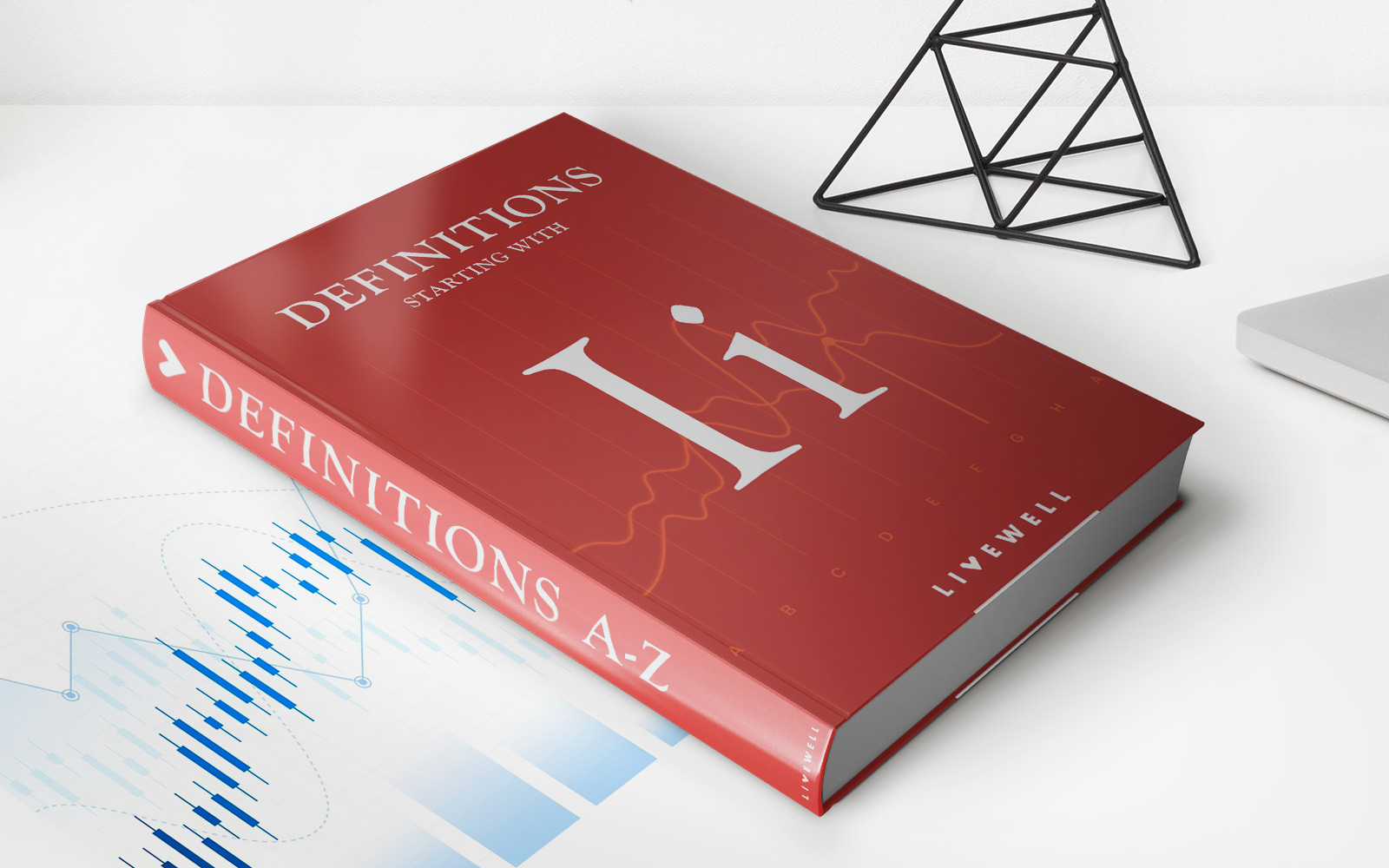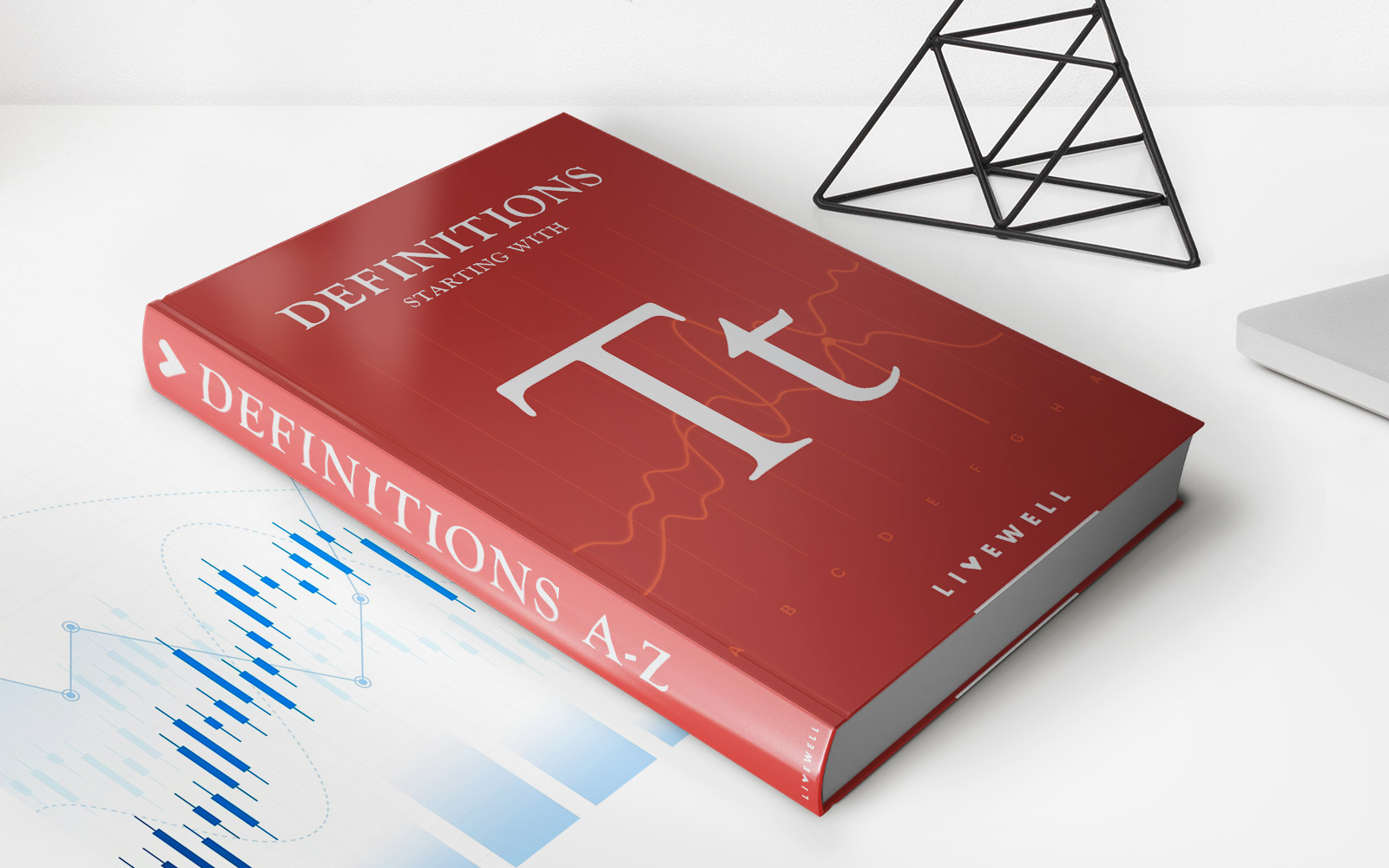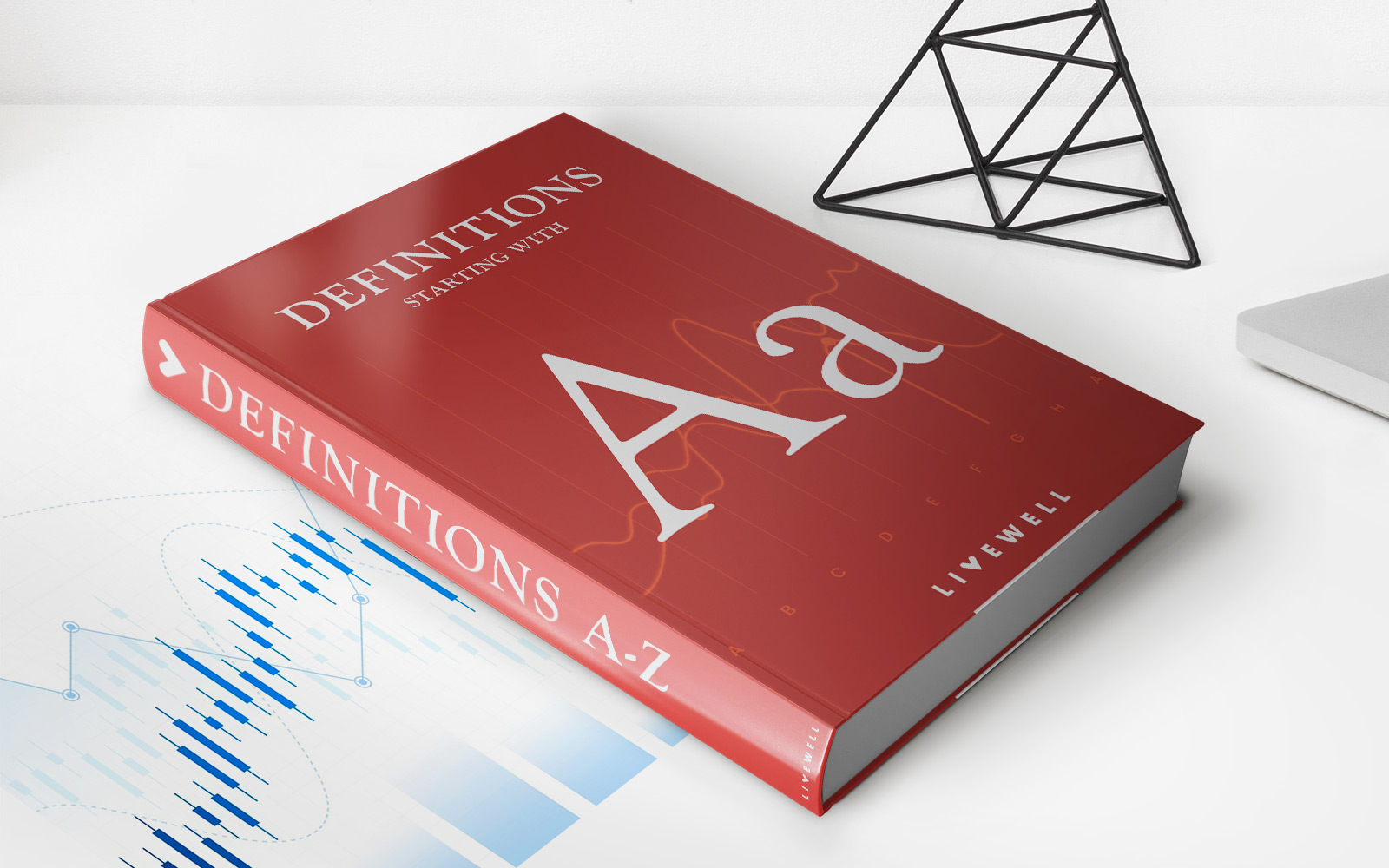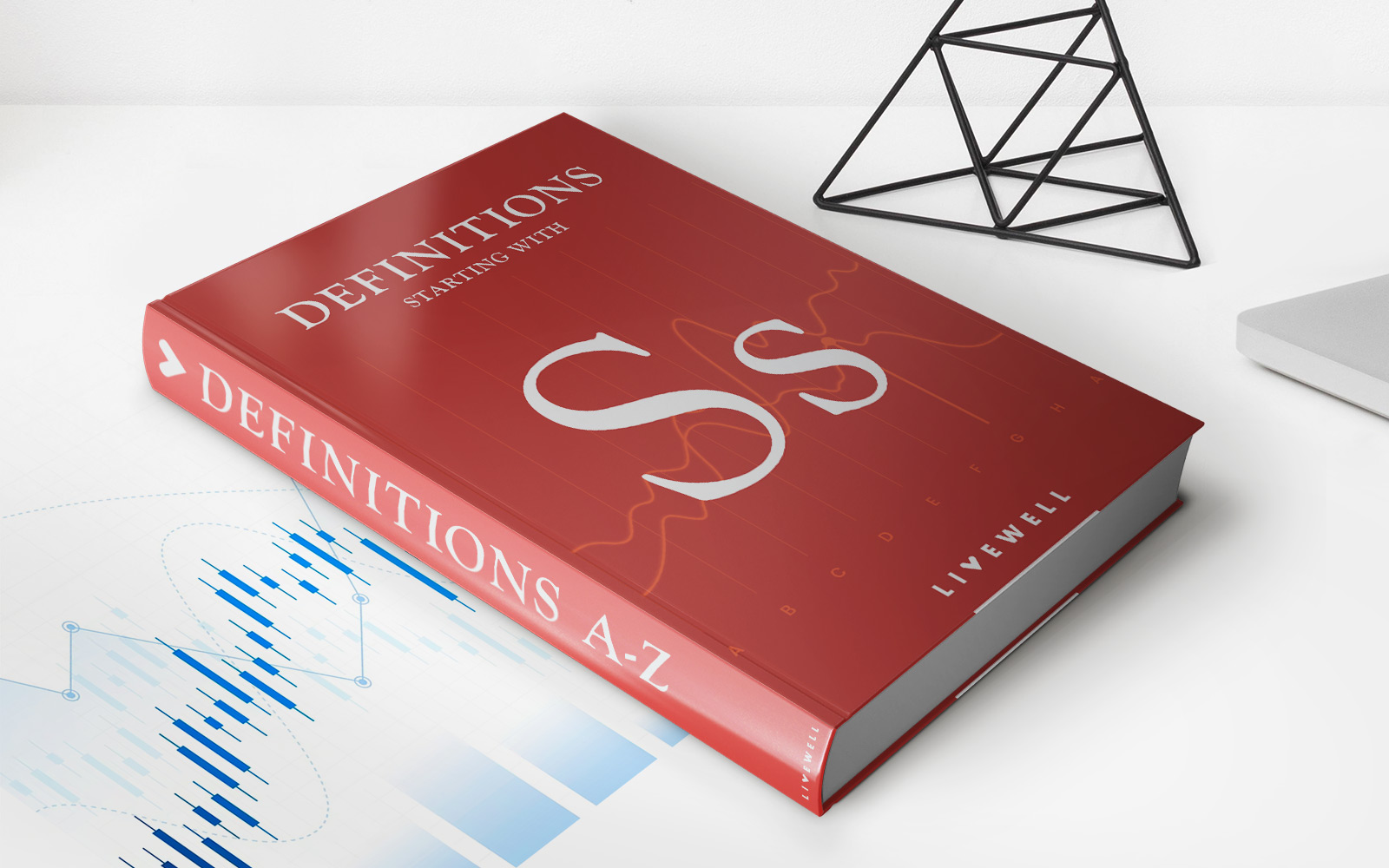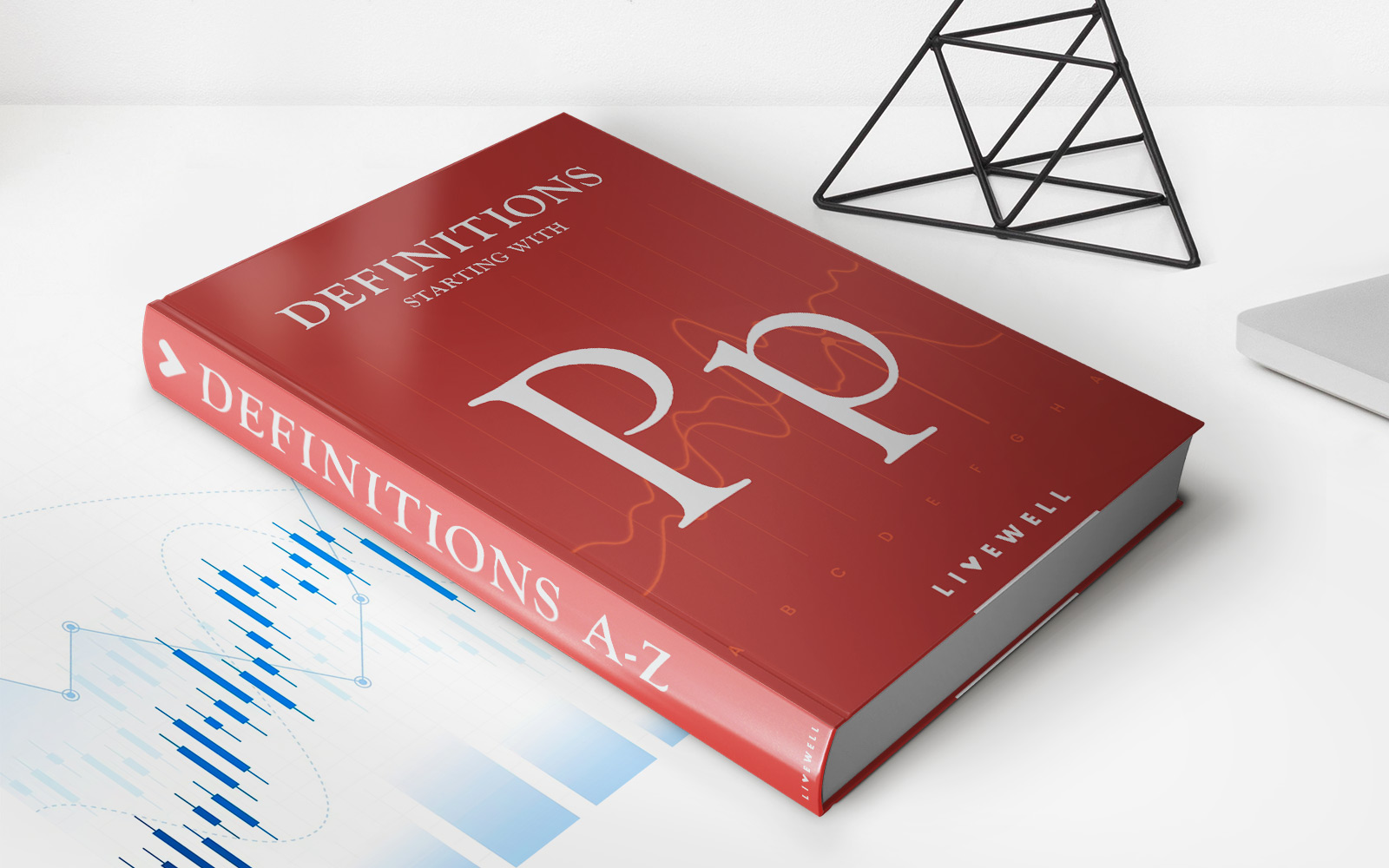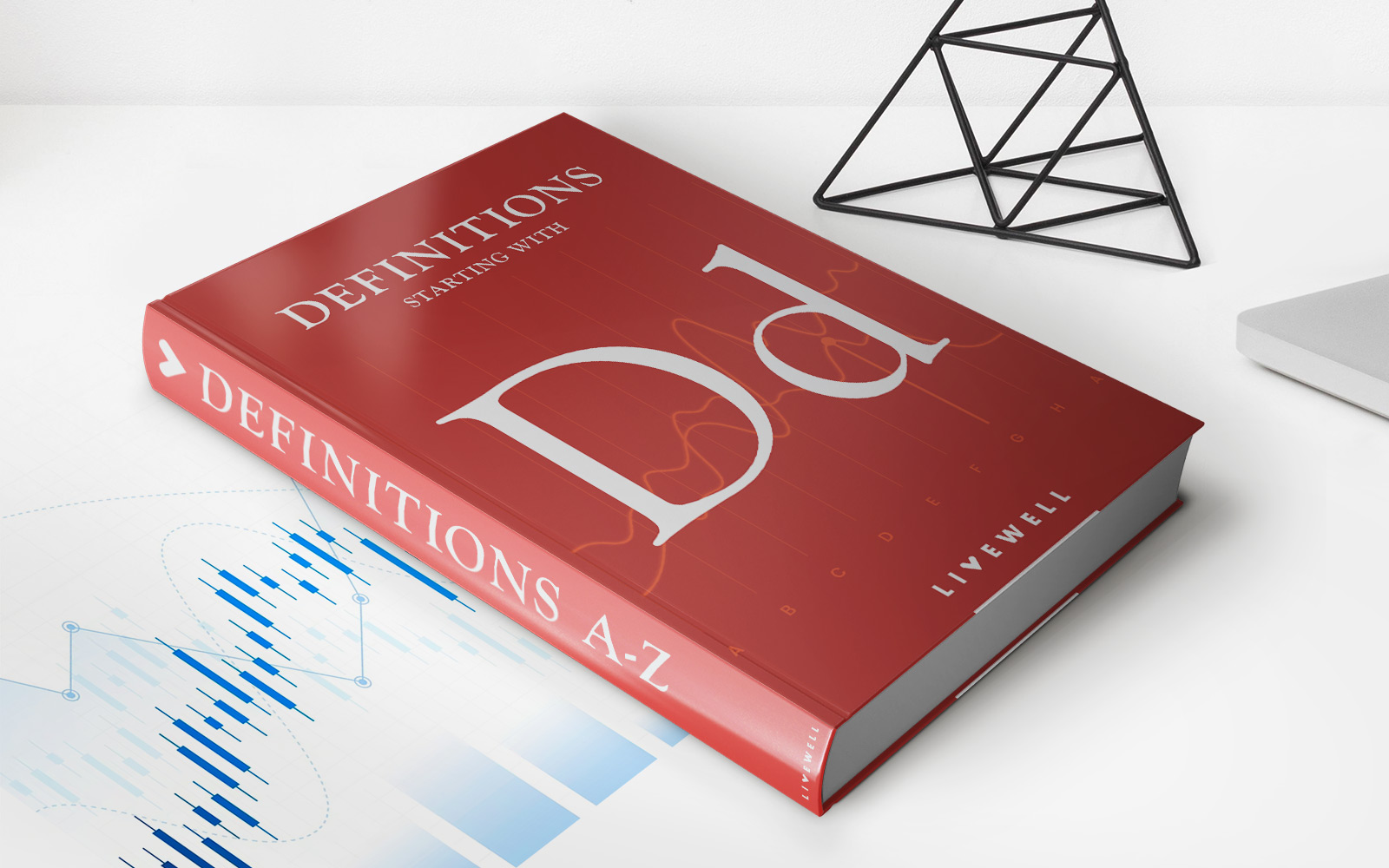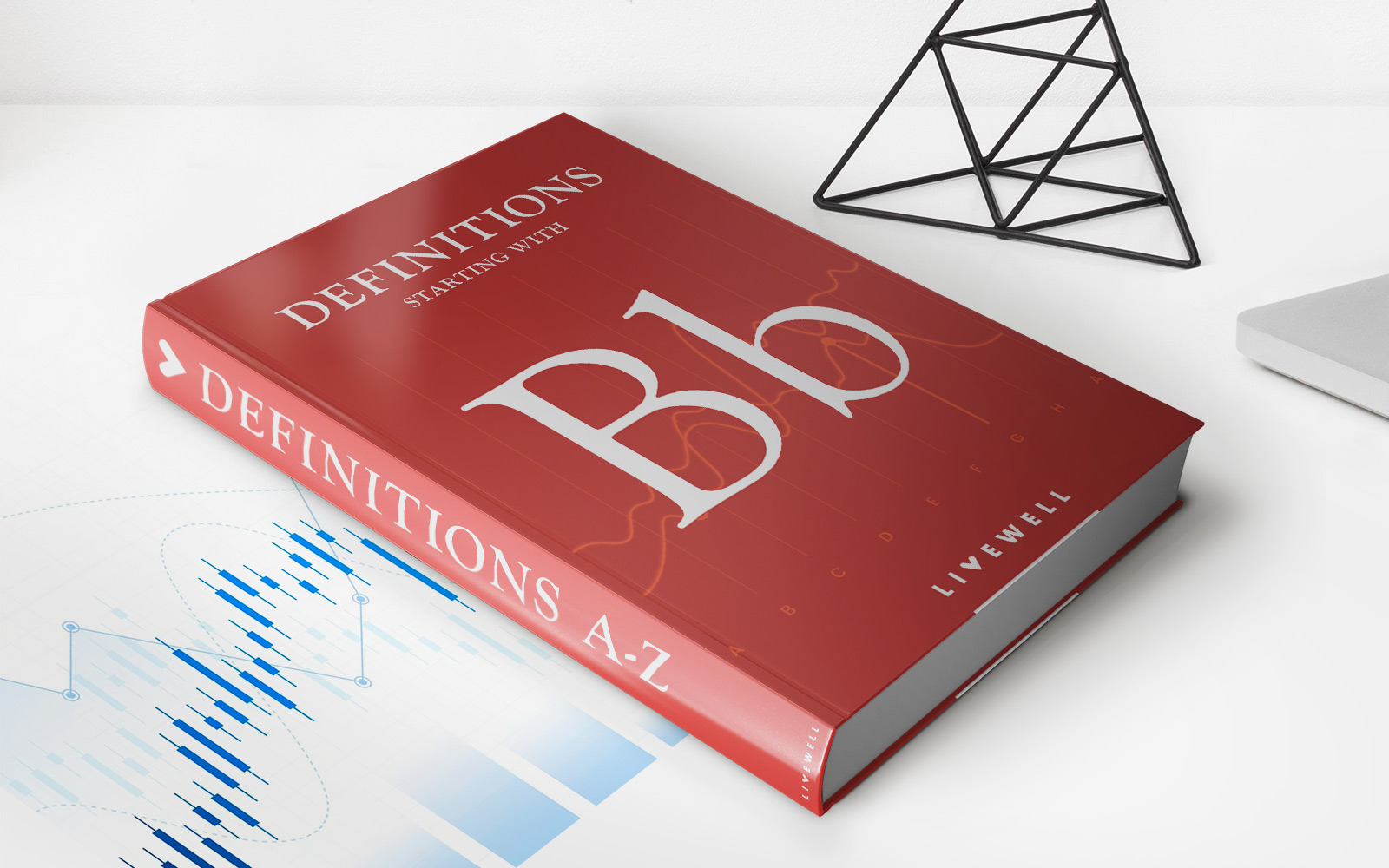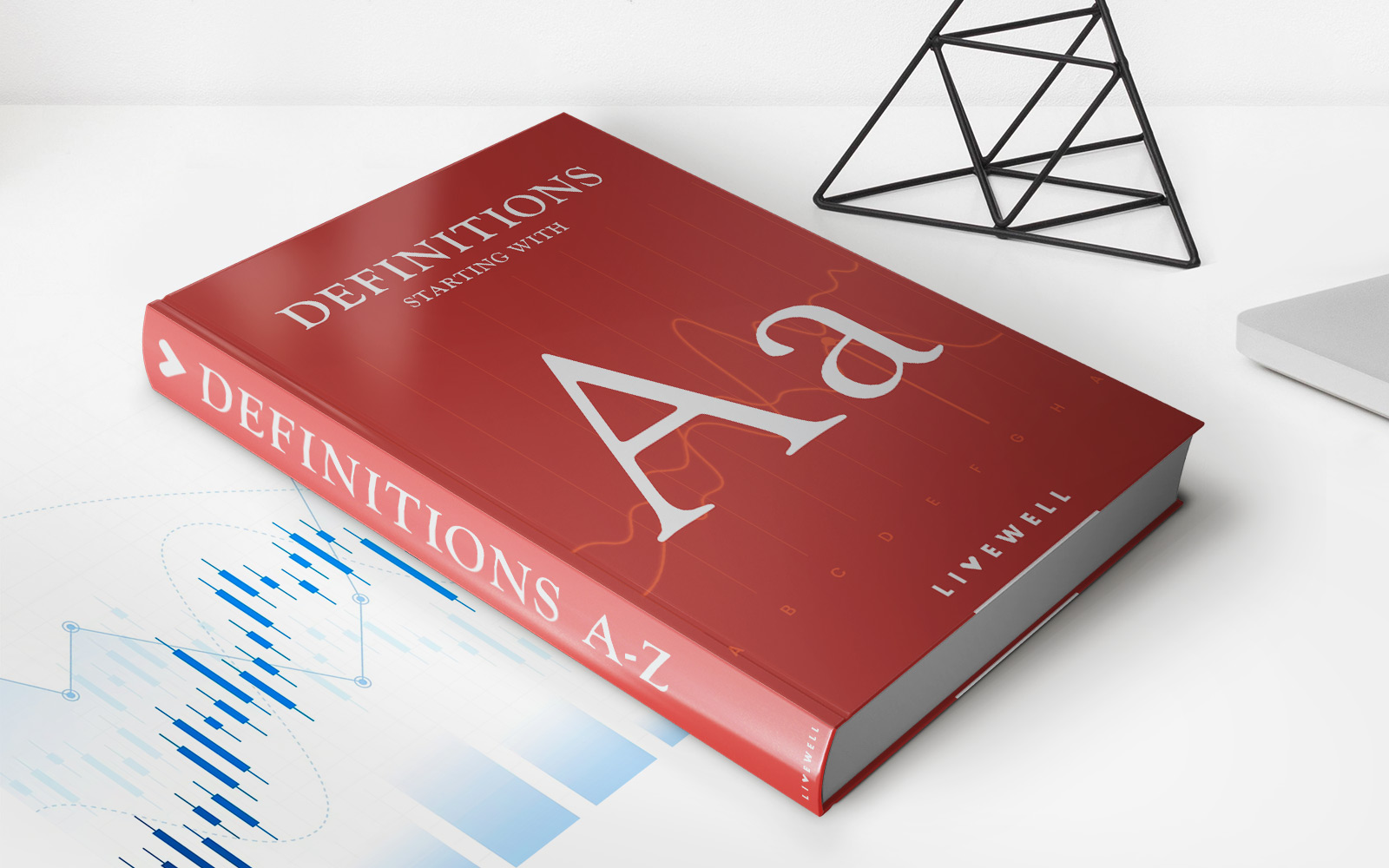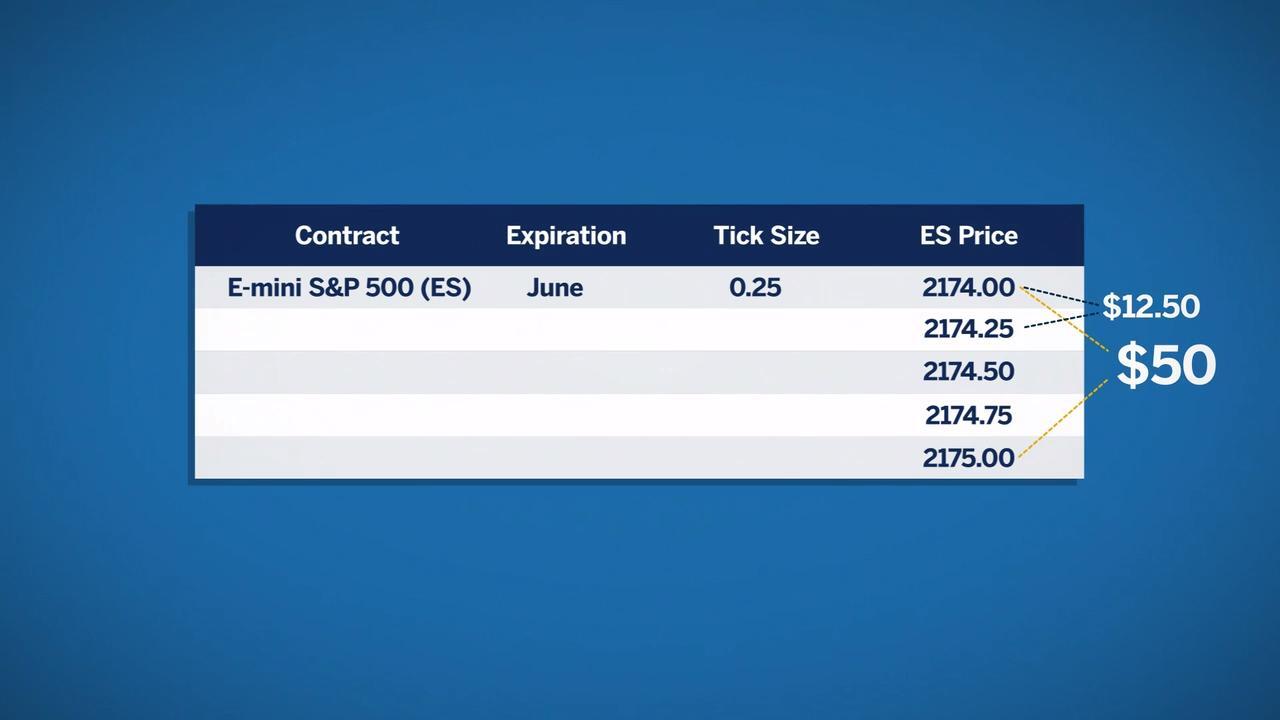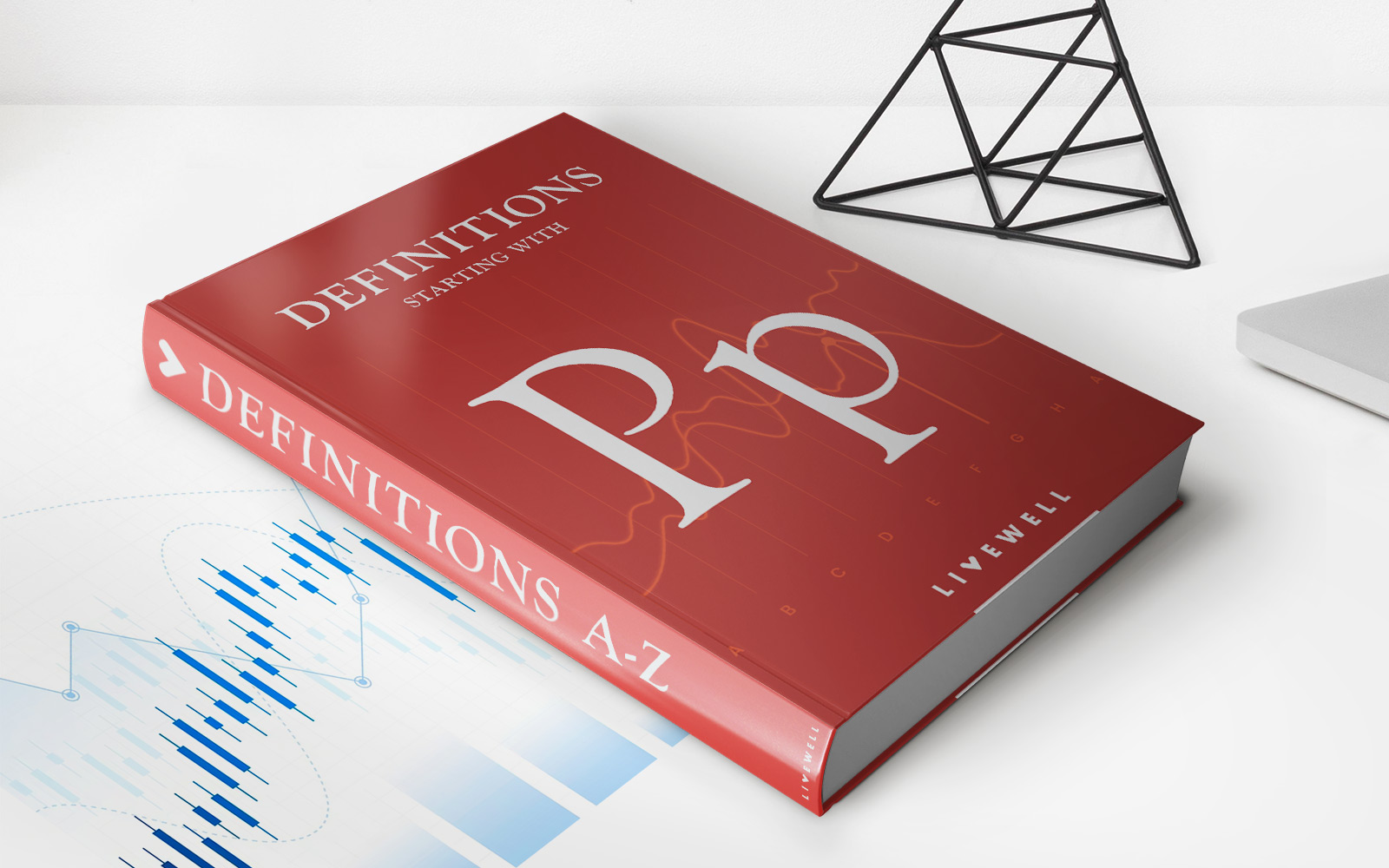Home>Finance>Debtor-in-Possession (DIP) Financing: Definition And Types
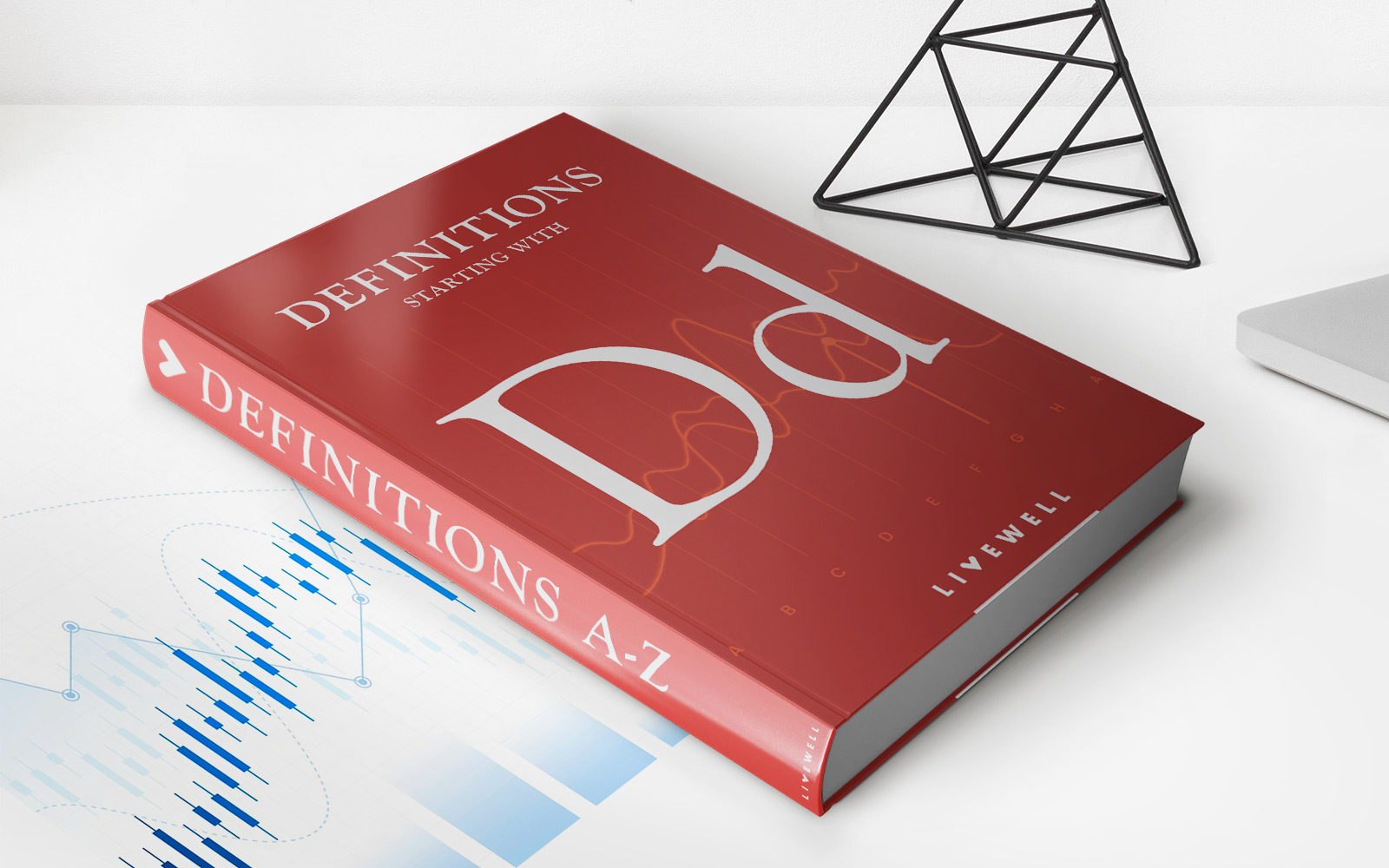

Finance
Debtor-in-Possession (DIP) Financing: Definition And Types
Published: November 8, 2023
Learn about Debtor-in-Possession (DIP) Financing, its definition, and various types. Discover how this type of finance can help struggling businesses.
(Many of the links in this article redirect to a specific reviewed product. Your purchase of these products through affiliate links helps to generate commission for LiveWell, at no extra cost. Learn more)
Debtor-in-Possession (DIP) Financing: Definition and Types
Finance is a vast field with many subcategories, one of which is Debtor-in-Possession (DIP) financing. If you’re wondering what DIP financing is and how it can impact a company’s financial future, you’ve come to the right place. In this blog post, we will explore the definition of DIP financing and its different types. So, let’s dive in!
Key Takeaways
- DIP financing is a type of financing available to companies that are in bankruptcy or under Chapter 11 reorganization.
- It provides the debtor with the necessary funds to continue operations and maintain essential functions during the bankruptcy process.
What is Debtor-in-Possession (DIP) Financing?
In simple terms, DIP financing refers to the funding provided to companies that are going through bankruptcy or restructuring. When a business finds itself in financial distress and files for bankruptcy under Chapter 11, the court appoints a trustee to oversee the reorganization process. During this time, the debtor operates as the debtor-in-possession, which means they remain in control of their business operations.
DIP financing is different from traditional financing because it is often offered to companies that might have difficulty obtaining loans due to their financial situation. This type of financing is considered risky for lenders, as they provide funds to a company already in financial difficulty. Therefore, DIP financing often comes with higher interest rates and stricter terms and conditions compared to traditional loans.
Types of DIP Financing
DIP financing can take various forms depending on the needs and circumstances of the company. Here are some common types of DIP financing:
- Secured DIP Financing: In secured DIP financing, lenders provide funds backed by the company’s assets. These lenders have the first claim on the specific collateral provided by the debtor, putting them in a favorable position for repayment in case of default.
- Super-Priority DIP Financing: Super-priority DIP financing is a type of financing that grants lenders a priority claim on the debtor’s assets, making them the first to be repaid in case of liquidation. This type of financing is often provided by existing creditors who choose to support the company during bankruptcy proceedings.
- Roll-Up DIP Financing: Roll-up DIP financing occurs when existing lenders agree to roll their pre-bankruptcy debt into the DIP financing, consolidating the outstanding debt into a single loan. This type of financing can be beneficial for companies with complex debt structures.
- Unsecured DIP Financing: Unsecured DIP financing is not backed by specific collateral and carries higher risk for the lenders. In this case, the lenders rely on the overall creditworthiness and future prospects of the company.
Conclusion
Debtor-in-Possession (DIP) financing plays a vital role in helping companies navigate through the bankruptcy process and continue their operations. By providing necessary funds during a challenging financial period, DIP financing enables businesses to restructure, recover, and potentially regain their financial stability. Understanding the different types of DIP financing allows businesses and investors to make informed decisions in managing their finances in times of distress.
